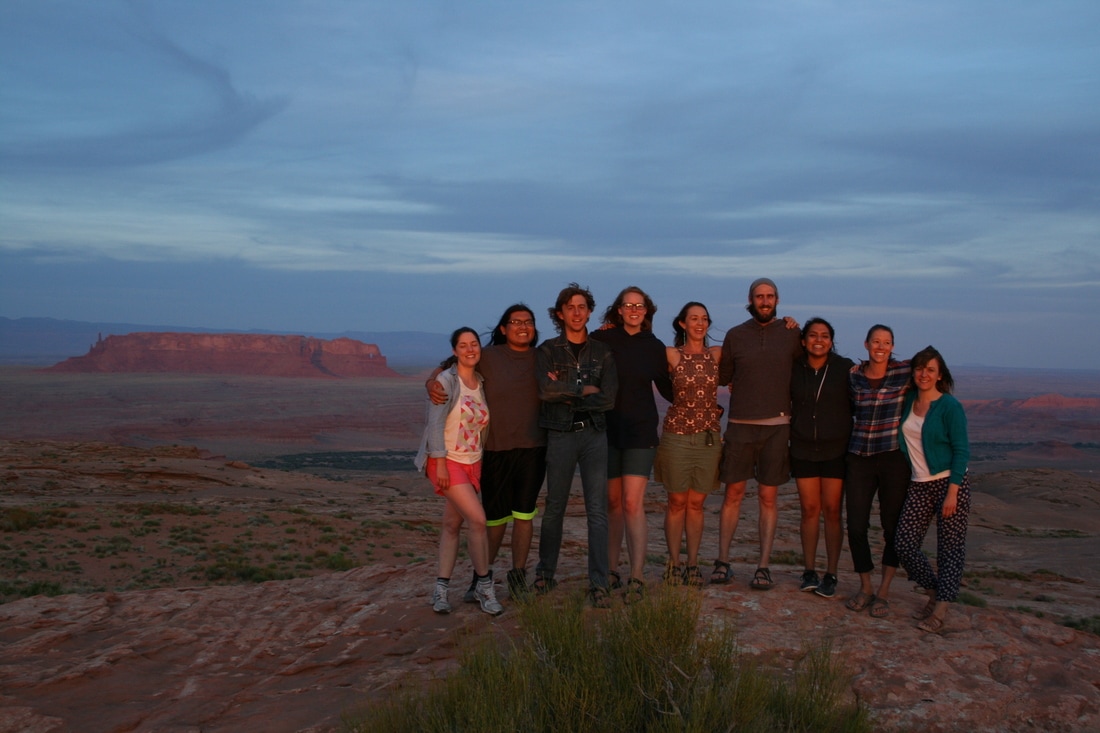
How to bring you into the world that was created on Carson Mesa, Navajo Nation, Arizona, this past week? How to explain the level of depth, the way that faces unfolded and voices and songs bloomed, the sense of profound community and the breaking of isolation that occurred through cowriting in this week-long retreat on the top of an Arizona mesa with no running water surrounded by free-ranging mustangs, sheep, goats, rez dogs and chickens? How to convey the level of humanizing and deep listening that occurred spontaneously across lines of social class, nation, race and life experience through the nurturing of our fuller selves through morning yoga, home-cooked southern food and intense cultural immersion in this nation-within-a-nation known as “the rez”?
Two days after this first songwriting retreat in Many Farms, Navajo Nation (AZ) has ended, fragments from the seventeen brand-new songs written at this retreat and that didn’t exist just six short days ago are reverberating through my mind, “ear worms” I hope to never shed as they are now the closest reminder I have of the magic that happened, there.
One summation might be the profound marriage that occurred between the sacred and the mundane, as one participant, himself a writer, called it after a morning yoga class in the sand-floor hooghan ended with the smell of burning trash wafting in and the sound of sheep bleating and manure being shoveled in the corral. And the idea that the sacred and the mundane are not separate but inextricably intertwined, and that songs can and do happen anywhere and everywhere, and that it’s not limited to domains that are “removed” in some sense from our daily lives, but that songs in fact stem from and are parcel and product of those worlds. That the deeply sense bound, tactile experience of what it means for so many Diné citizens to live, ranch, attend flea markets and make ends meet and raise families and build strong lives on the Nation is a profoundly grounding and sometimes also sobering experience, from which incredible, ethnographically-informed and culturally specific intercultural songs can spring if we set the right parameters and offer a little guidance for all participants—Diné and non-Diné—along the way.
Two days after this first songwriting retreat in Many Farms, Navajo Nation (AZ) has ended, fragments from the seventeen brand-new songs written at this retreat and that didn’t exist just six short days ago are reverberating through my mind, “ear worms” I hope to never shed as they are now the closest reminder I have of the magic that happened, there.
One summation might be the profound marriage that occurred between the sacred and the mundane, as one participant, himself a writer, called it after a morning yoga class in the sand-floor hooghan ended with the smell of burning trash wafting in and the sound of sheep bleating and manure being shoveled in the corral. And the idea that the sacred and the mundane are not separate but inextricably intertwined, and that songs can and do happen anywhere and everywhere, and that it’s not limited to domains that are “removed” in some sense from our daily lives, but that songs in fact stem from and are parcel and product of those worlds. That the deeply sense bound, tactile experience of what it means for so many Diné citizens to live, ranch, attend flea markets and make ends meet and raise families and build strong lives on the Nation is a profoundly grounding and sometimes also sobering experience, from which incredible, ethnographically-informed and culturally specific intercultural songs can spring if we set the right parameters and offer a little guidance for all participants—Diné and non-Diné—along the way.
And what a profound meditation for me as a songwriting facilitator and teacher this is, as it fundamentally disturbs the ways we have come to think of art and song in primarily working-class identified, rural communities not only in Indian Country but across the U.S. This is to say, everyone needs and craves beauty, healing and restoration in their lives, regardless of class identification, and as human beings, we seek this out songs because they feed us. Song is one of the most direct channels or access points to this deeper sense of connection to others and, as songwriter Mary Gauthier points out, back to ourselves. And what hubris to think that songwriting might be the domain of one human group any more than another! As word spread around Carson Mesa and the Many Farms community about the group of songwriters from Sweden, Denmark, the rez and across the U.S., I started receiving texts and requests to attend that evening’s “song circle.” Each evening thereafter, different community members—ranchers, maintenance persons, stay-at-home parents, folks currently looking for work on the rez, high level BIE administrators, friends, former coworkers and former in-laws—showed up to hear the latest songs being written by their nieces, nephews, girlfriends, boyfriends, and by the non-Native songwriters they’d connected with or heard about earlier in the week. And the level of attention and listening to songs—their language, their structure, their harmonic layout, their performance—was nuanced, profound and extremely tuned to the specificity of the craft of songwriting. And for the final concert in the hooghan—the site of many family ceremonies up until that point—they returned, excited to hear the finalized versions of the songs they’d heard in process earlier that week.
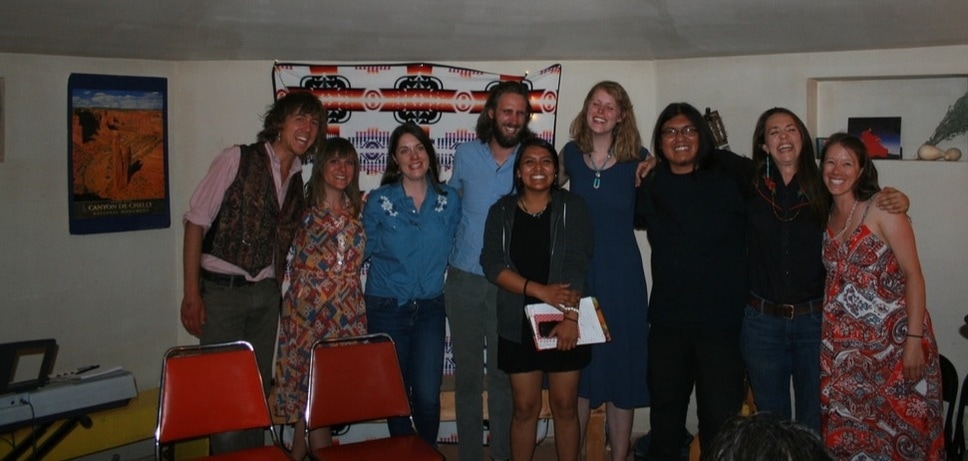
Songs, and songwriting, and the genre of “singer/songwriter” type songs, are not the domain of middle-class and Anglo-identified communities; songs in their most paired down, naked form, are everyone’s patrimony, as they are a vehicle for the very human endeavor of telling and connecting through emotionally authentic, true-to-life stories. Songwriting, Mary Gauthier reminds us, is a form of spiritual electricity, and songwriters are the conduit.
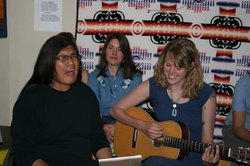
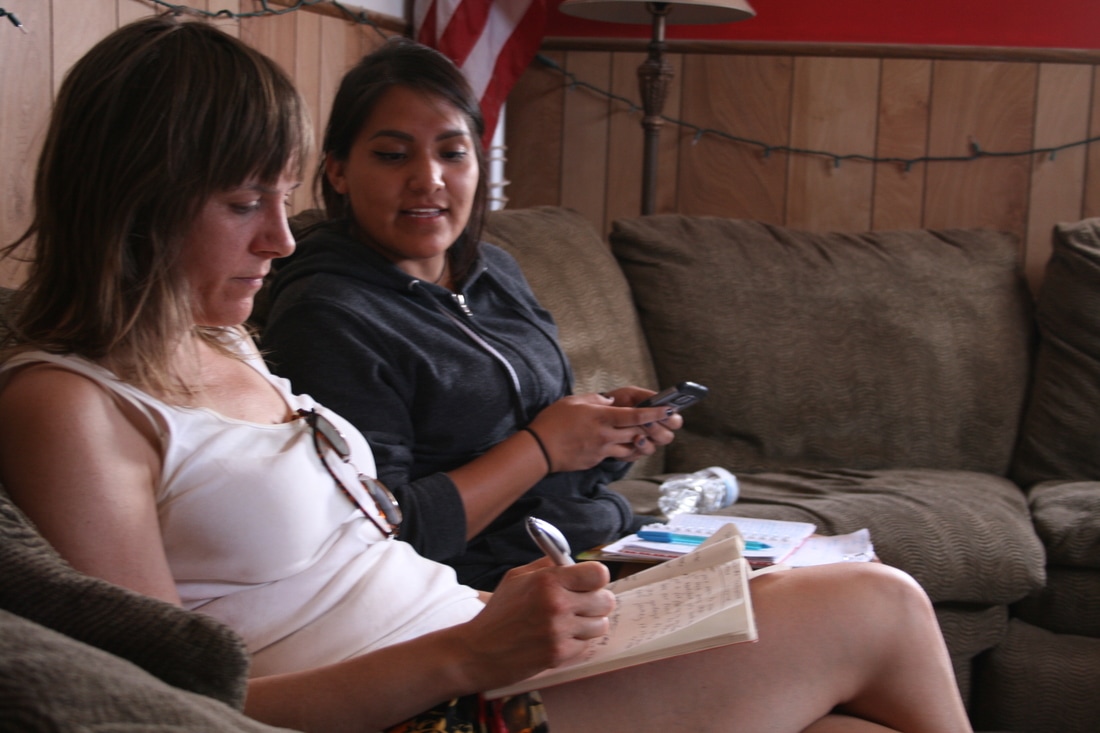
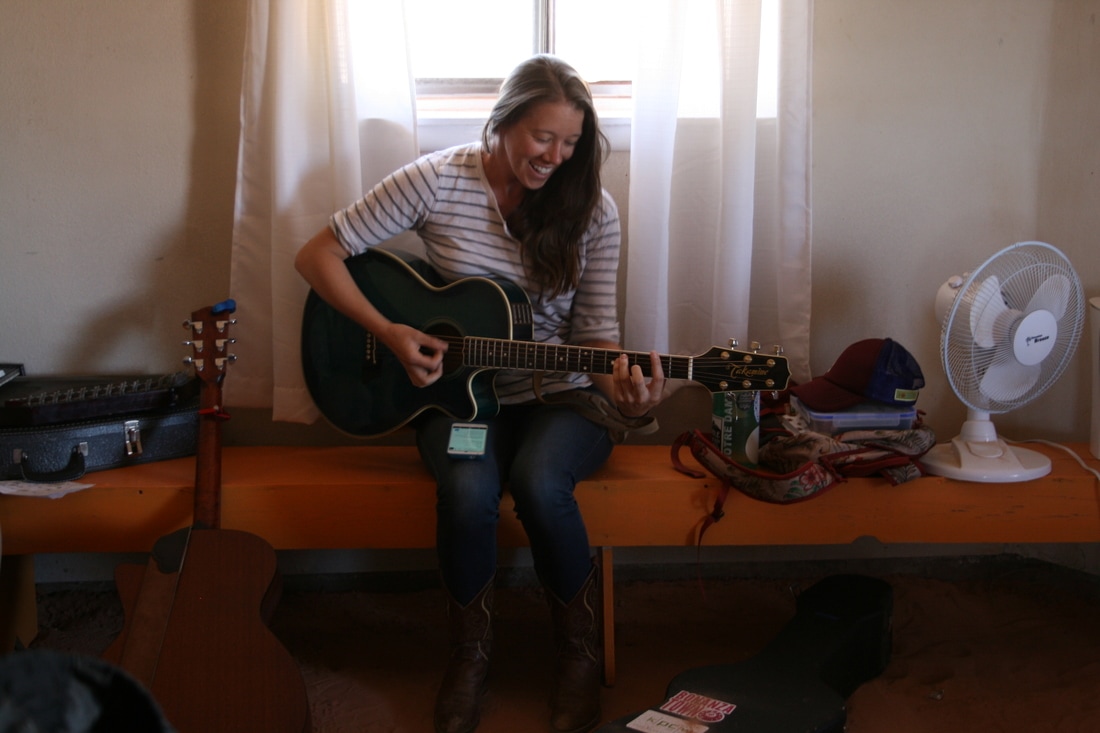
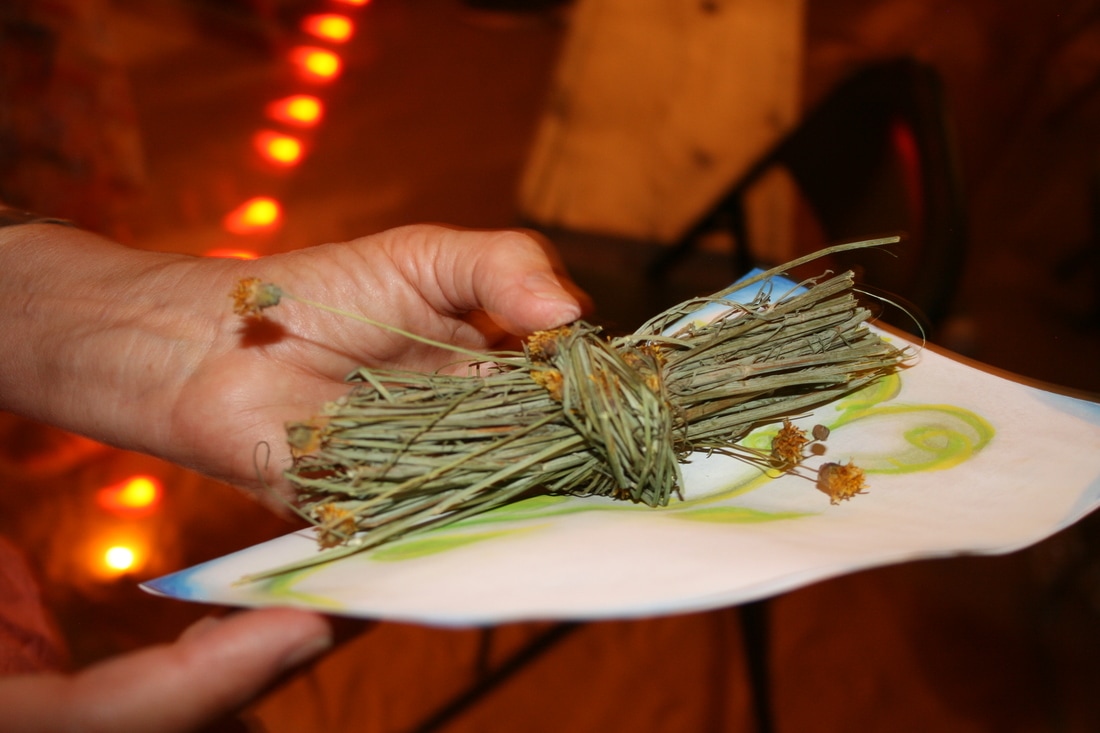
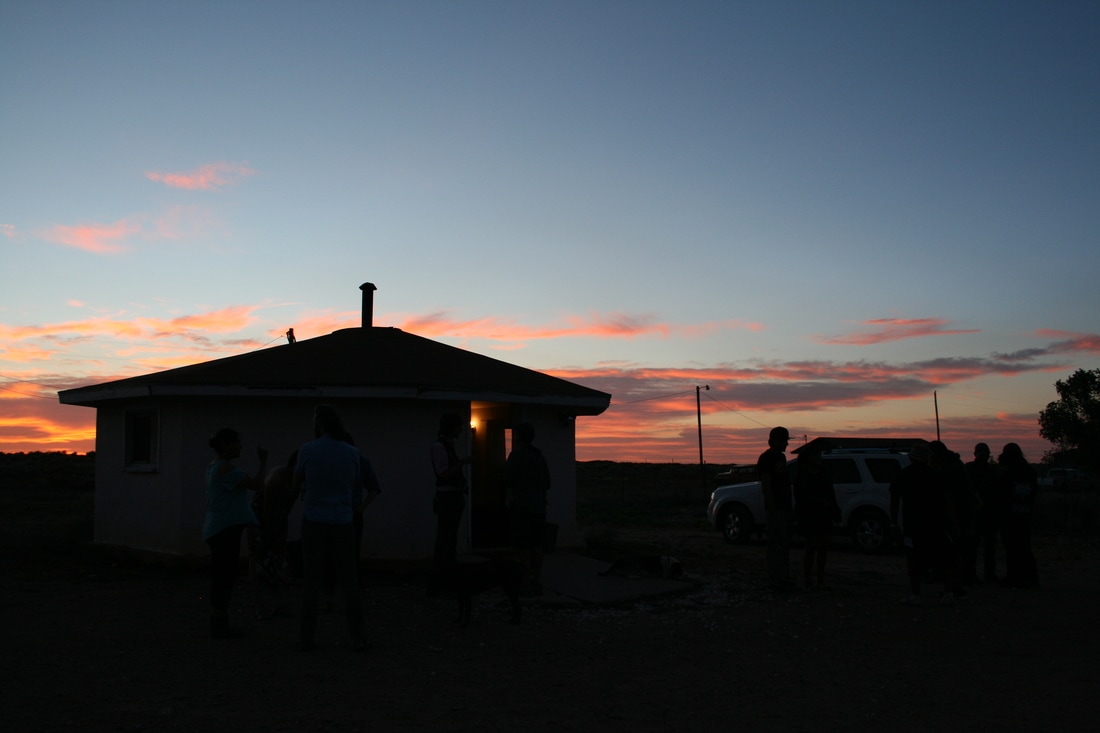
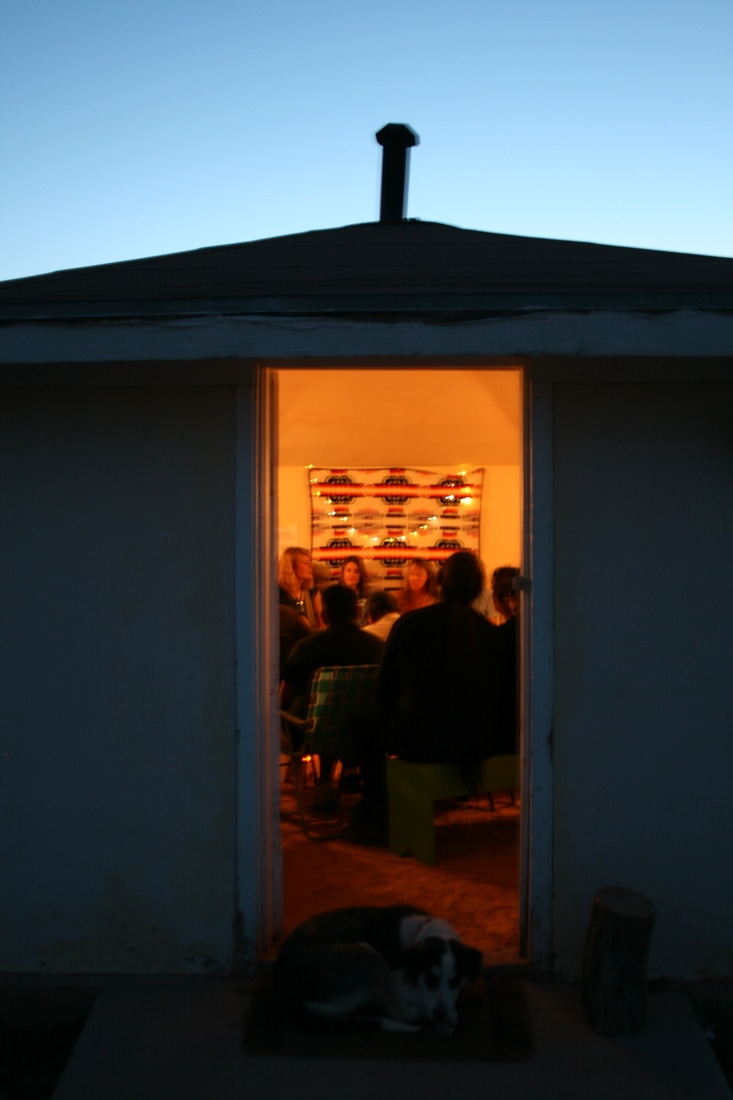
 RSS Feed
RSS Feed
